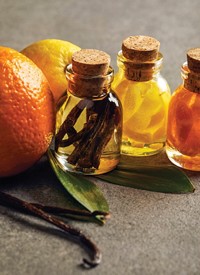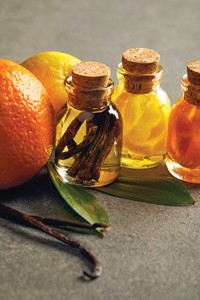Advertisement
Grab your lab coat. Let's get started
Welcome!
Welcome!
Create an account below to get 6 C&EN articles per month, receive newsletters and more - all free.
It seems this is your first time logging in online. Please enter the following information to continue.
As an ACS member you automatically get access to this site. All we need is few more details to create your reading experience.
Not you? Sign in with a different account.
Not you? Sign in with a different account.
ERROR 1
ERROR 1
ERROR 2
ERROR 2
ERROR 2
ERROR 2
ERROR 2
Password and Confirm password must match.
If you have an ACS member number, please enter it here so we can link this account to your membership. (optional)
ERROR 2
ACS values your privacy. By submitting your information, you are gaining access to C&EN and subscribing to our weekly newsletter. We use the information you provide to make your reading experience better, and we will never sell your data to third party members.
Business
Searching For The Elusive Natural, Noncaloric Sweetener
by Melody M. Bomgardner
February 10, 2014
| A version of this story appeared in
Volume 92, Issue 6
Artificial sweeteners have been getting a bad rap lately, one that has pushed them to the top of the list of additives consumers try to avoid. According to surveys by NMI, a consumer research firm, 59% of Americans say they are concerned about the negative effects of artificial sweeteners. About one-third of them are searching for all-natural, noncaloric sweeteners.
COVER STORY
Searching For The Elusive Natural, Noncaloric Sweetener
That wariness explains the popularity of sweeteners derived from the stevia plant, including brands such as Cargill’s Truvia. But stevia use has risen slowly because of supply constraints, the bitter aftertaste of stevia’s glycosides, and problems with consumer perception. “People don’t understand how you get a sweetener from a plant,” says Diane Ray, NMI’s vice president of strategic innovation.
One way to get around stevia’s problems may be to make the glycosides via fermentation by modified yeast. That’s the tactic being pursued by the biotech firm Evolva. Last year the Swiss company joined with Cargill to develop and commercialize fermentation-derived steviol glycosides. The partners began pilot production late last year.

Tell us: Do you choose foods made without artificial colors, flavors, and preservatives? Visit http://cenm.ag/additives.
The sweetest and least bitter glycosides occur in only small amounts in the stevia leaf, explains Evolva’s chief executive officer, Neil Goldsmith. “We can make more of these better-tasting components individually even if there are very low concentrations in the plant,” he says. By blending some of the better components together, Evolva could create products sweet enough to flavor soda without the bitter aftertaste.
The other benefit is that it may be cheaper and more effective to scale up a fermentation process than to increase production of the stevia plant on the farm. “If you want to access a large amount of those molecules, then fermentation is going to be the only way to go after them,” Goldsmith asserts.
But stevia already has competition from an odd little melon relative called monk fruit. Long known in China as luo han guo, the monk fruit contains sweet components called mogrosides in its rind and flesh. The sweetness is accompanied by a fruity taste, rather than a bitter one.
A New Zealand firm called BioVittoria worked with Tate & Lyle, a Cargill competitor in the sweetener business, to commercialize an extract that is 150 times as sweet as sugar. BioVittoria set up a subsidiary in China to produce monk fruit extract from its own plant variety; the Chinese government prohibits the export of the fruit or its seeds.
Observant Americans may see monk fruit on grocery store shelves in the form of Zevia-brand diet sodas and Skinnygirl liquid sweetener. “The idea of sweetener coming from fruit is a much easier connection for consumers,” Ray says. “When it gets more muscle behind it, it will get consumer attention.”




Join the conversation
Contact the reporter
Submit a Letter to the Editor for publication
Engage with us on Twitter